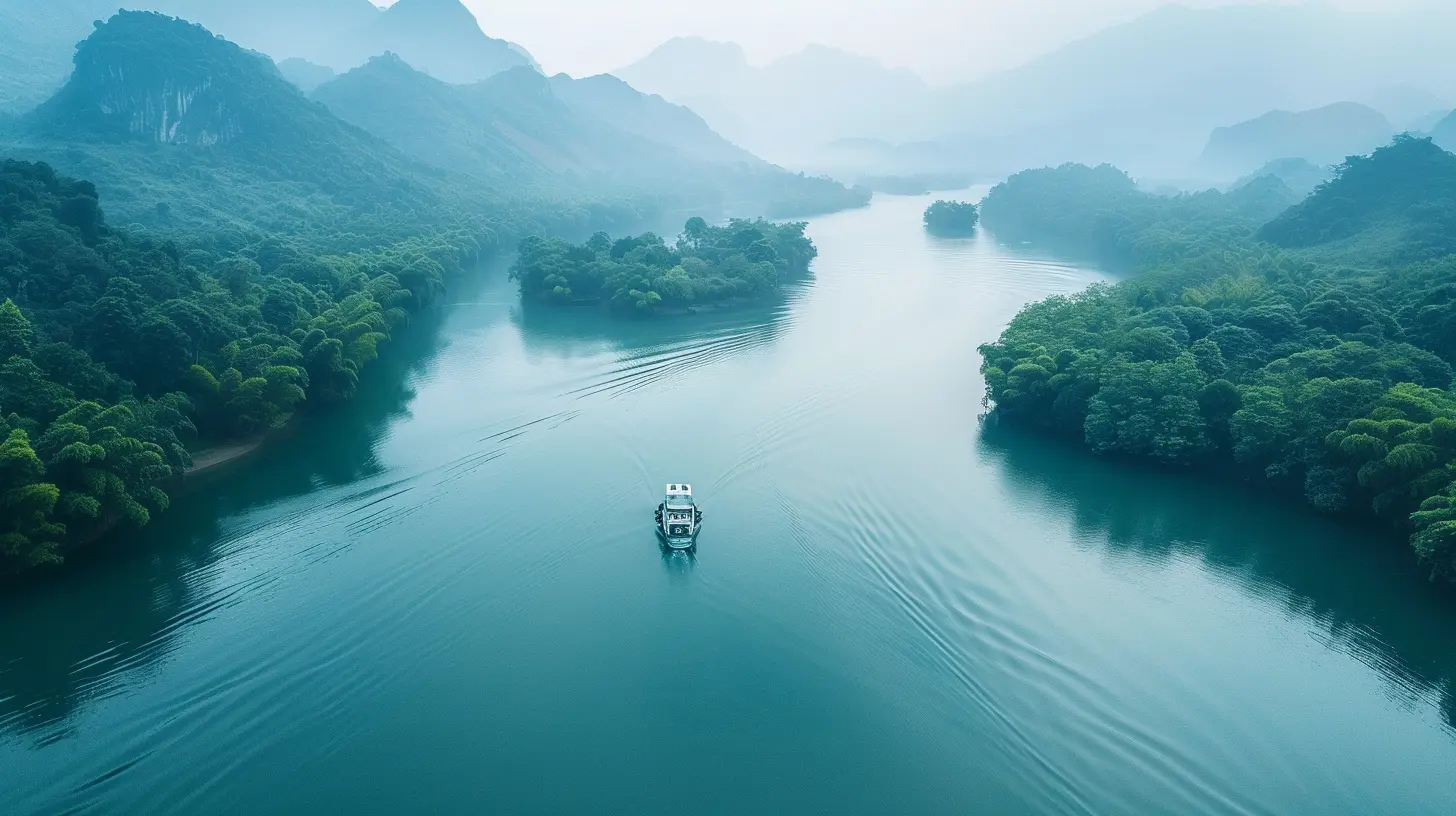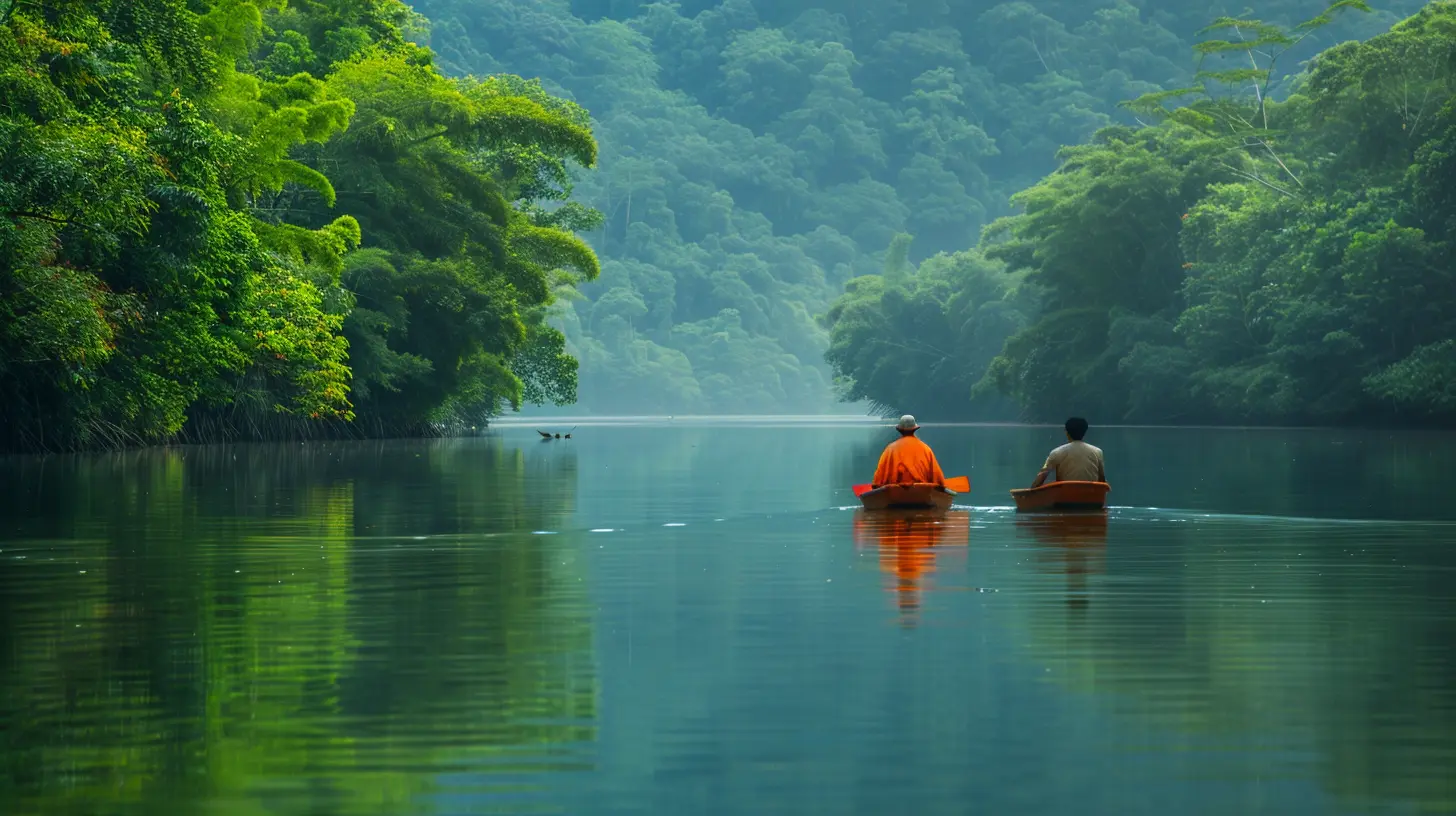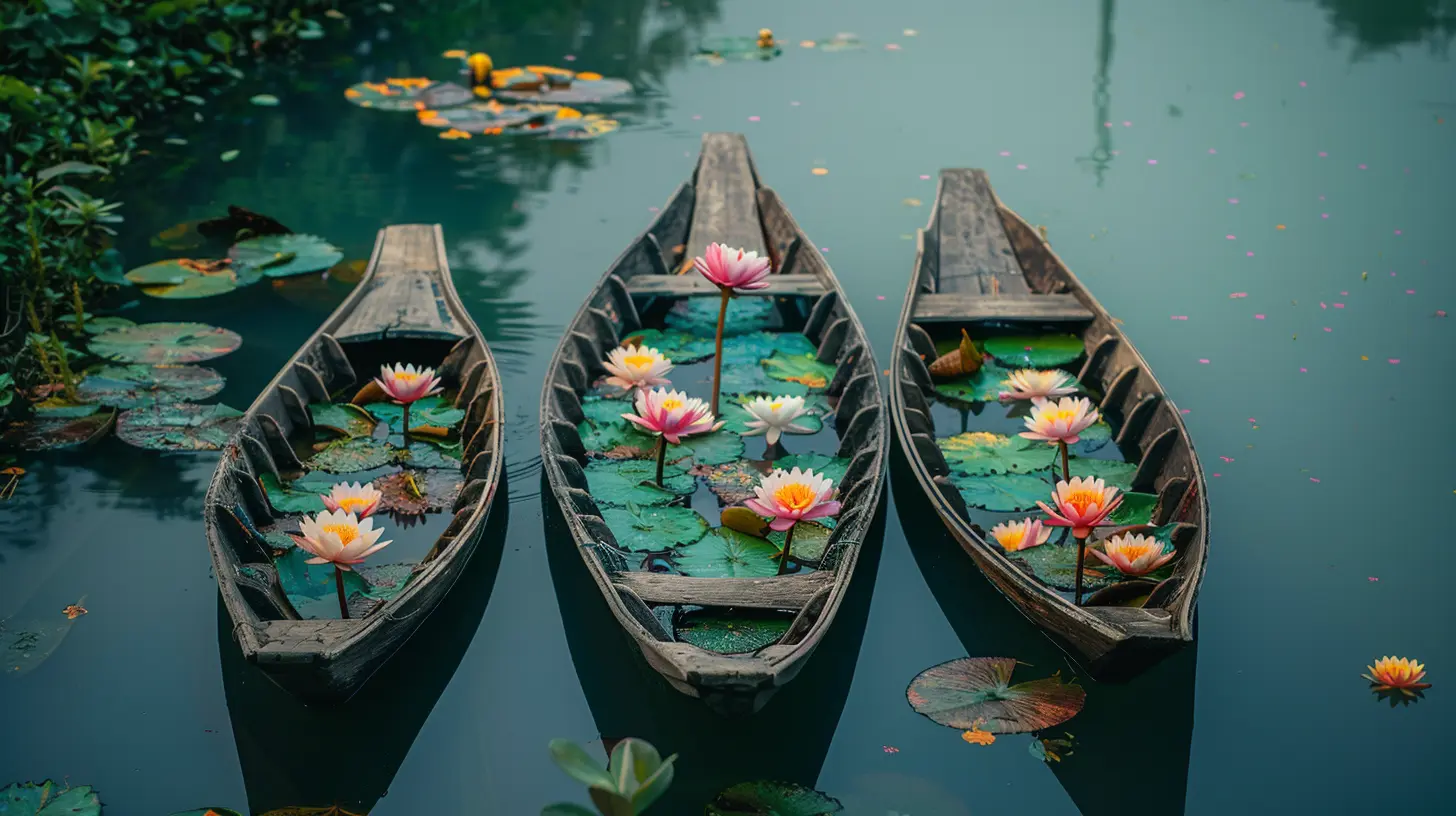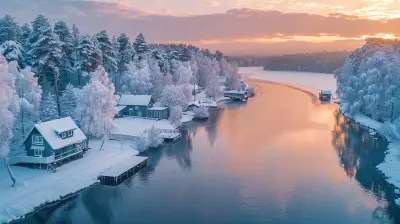Exploring Asia's Sacred Rivers and the Stories They Tell
3 July 2025
Asia, a land of mysticism and spirituality, is home to some of the most sacred rivers in the world. These rivers are more than just bodies of water; they are lifelines of civilizations, carrying centuries-old traditions, myths, and cultural significance. From the mighty Ganges to the serene Mekong, each river has a unique tale to tell—stories of gods, ancient rituals, and the people who rely on them for survival.
In this journey, let's dive into the heart of Asia’s sacred rivers and uncover the deep spiritual and cultural connections they hold. 
1. The Ganges – India's Divine Lifeline
When we talk about sacred rivers, the Ganges is the first name that comes to mind. Flowing through the heart of India, this river isn't just a natural marvel—it's a goddess, a source of purification, and an eternal thread binding millions of believers.The Spiritual Connection
Hindus believe that the Ganges is the earthly manifestation of the goddess Ganga. Taking a dip in its waters is thought to cleanse one's sins, leading to spiritual liberation. Every year, millions of pilgrims gather at its banks in places like Varanasi, Haridwar, and Rishikesh to perform sacred rituals and immerse the ashes of their loved ones, believing it ensures a peaceful afterlife.Legends of the Ganges
According to Hindu mythology, the Ganges was once in the heavens, and King Bhagirath's penance brought her down to the earth to wash away the sins of humanity. To prevent the river from causing destruction, Lord Shiva caught her in his matted locks and gently released her into streams.Challenges Today
Despite its divinity, the Ganges faces severe pollution. With industrial waste, sewage, and religious rituals contributing to its contamination, conservation efforts are now crucial to preserving this sacred river for future generations.
2. The Mekong – The River of Nine Dragons
Flowing through six countries, the Mekong River is an integral part of Southeast Asia’s heritage. From Tibetan plateaus to the fertile lands of Vietnam, it nurtures millions of people.The Myth of the Nine Dragons
In Vietnam, the Mekong is locally known as "Cửu Long," meaning “Nine Dragons.” This name originates from an ancient tale where nine dragon spirits descended from the heavens and blessed the land with plentiful water, giving rise to prosperous rice fields and abundant fisheries.A Lifeline for Many
The Mekong Delta is a bustling hub of floating markets, fishermen casting their nets, and farmers depending on the river for irrigation. Its waters provide food, transportation, and economic stability to millions.Threats to the Mekong
With dam construction and climate change affecting its flow, the Mekong is at risk. Many fear that disruptions in its natural course could lead to droughts and loss of biodiversity.
3. The Yangtze – China's River of Legends
The longest river in Asia, the Yangtze, flows through the heart of China, shaping its culture, economy, and spiritual beliefs for centuries.The Goddess and the White Snake
One famous legend surrounding the Yangtze is the tale of the White Snake. It tells the story of a snake spirit who transforms into a beautiful woman and falls in love with a human. Her life takes a tragic turn when a monk, fearing her supernatural powers, imprisons her beneath the waves of the Yangtze.The Economic Backbone of China
From ancient trade routes to hydroelectric power, the Yangtze has been pivotal in China’s development. It is home to the famous Three Gorges Dam, one of the largest power projects in the world.Environmental Struggles
Industrialization has taken its toll on the Yangtze, threatening marine life like the endangered Yangtze River dolphin. Conservationists are now fighting to restore balance to this mighty river.
4. The Irrawaddy – Myanmar’s Spiritual River
Flowing through Myanmar, the Irrawaddy is deeply entwined with Buddhist traditions and Burmese culture.The Blessings of the Nats
In Burmese folklore, the Irrawaddy is protected by Nats (spirits), who safeguard the land and its people. Many temples along its banks pay homage to these supernatural guardians, and locals often place offerings by the river to seek blessings.Life Along the River
The Irrawaddy sustains a way of life for countless fishermen, farmers, and traders. The city of Bagan, with its thousands of ancient temples, sits majestically along its shores, drawing travelers seeking spiritual awakening.Challenges and Conservation
Dams and deforestation threaten the river’s delicate ecosystem. However, local initiatives are striving to protect its waters and the communities that rely on it.5. The Indus – The Cradle of Civilization
The Indus River is not just sacred; it’s historical. As the birthplace of one of the world’s oldest civilizations—the Indus Valley Civilization—this river holds secrets of the past.The Sacred Status
For Hindus, the Indus is linked to the legend of Lord Shiva. Ancient texts mention the river as a giver of life, and even today, it remains a vital resource for Pakistan and parts of India.The Ancient Cities
Harappa and Mohenjo-Daro, the great cities of the Indus Valley Civilization, were built along its waters. Their advanced drainage systems and urban planning still fascinate historians.Modern-Day Struggles
Due to geopolitical tensions and climate change, the Indus is under severe ecological stress. Water-sharing disputes and shrinking glaciers paint an uncertain future for this age-old river.6. The Amu Darya – The Vanishing River
Once the lifeline of Central Asia, the Amu Darya is now a fading legend.An Ancient Waterway
Historically, the Amu Darya was crucial to the Silk Road, ensuring the prosperity of empires that traded across Asia. The river was once mighty, feeding the Aral Sea and sustaining nomadic tribes.The Tragedy of the Aral Sea
Decades of mismanagement have caused the Aral Sea to shrink dramatically, leaving behind vast deserts where water once flowed freely. The once-thriving fishing industry has collapsed, and the region now faces severe environmental challenges.Can It Be Saved?
Efforts are being made to replenish the waters and restore ecosystems, but the road to recovery remains uncertain. Only time will tell if this sacred river can reclaim its former glory.Final Thoughts
Asia’s sacred rivers are more than geographical features—they are storytellers, witnesses of history, and spiritual sanctuaries for millions. Their waters have shaped civilizations and given rise to myths, but they are now at risk due to pollution, climate change, and human activity.As travelers, historians, and caretakers of the planet, it’s our duty to respect and protect these rivers. Their stories are not just echoes of the past, but lessons for the future—reminding us of the delicate balance between nature, faith, and human survival.
all images in this post were generated using AI tools
Category:
Asia TravelAuthor:

Kelly Hall
Discussion
rate this article
2 comments
Robert McGlynn
Asia's sacred rivers are vital cultural lifelines, rich with history and inspiring unforgettable journeys.
October 3, 2025 at 2:39 AM

Kelly Hall
Thank you! I'm glad you appreciated the exploration of Asia's sacred rivers and their profound cultural significance. They truly are remarkable journeys through history and spirituality.
Darrow McInerney
This article beautifully illustrates how sacred rivers intertwine spirituality and culture, highlighting their vital role in shaping Asian identities and traditions.
July 12, 2025 at 2:39 AM

Kelly Hall
Thank you! I’m glad you found the article resonant. Sacred rivers truly are vital threads in the fabric of Asian identities and traditions.


